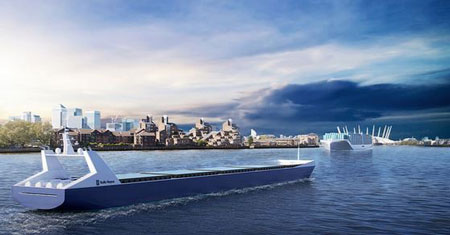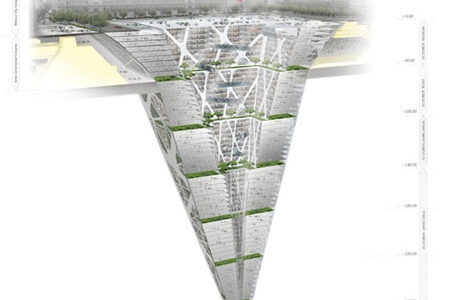Self driving cars, whilst once a novel and entertaining idea have now become a regular news feature. The design and rigorous testing they are going through is all in an effort to see road safety improved by eliminating driving error.
In fact a recent report in manufacturing.net stated that in the 6 years and 1.9 million miles of testing by Google there have only been 14 accidents involving their self driving cars. Google say that none of the accidents were caused by their self driving cars. In 11 of the 14 accidents, the self driving car was rear ended, by distracted drivers.
So, could autonomous applications be applied to ships to improve efficiencies and also the level of CO2 emissions, which are twice that of the aviation industry? Could we see autonomous ships at sea? Rolls Royce think so.











Recent Comments